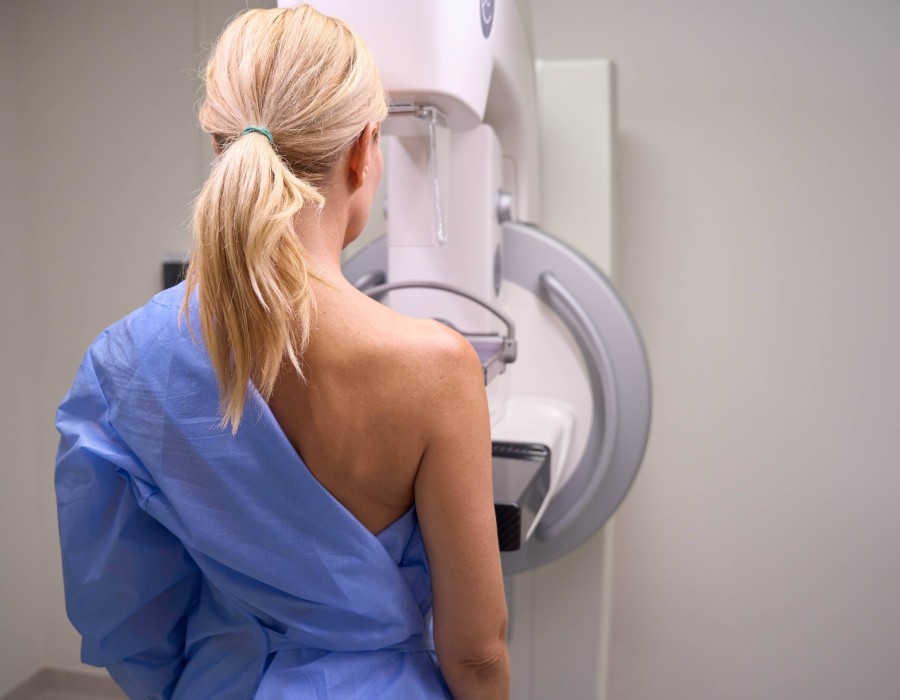Biopsy for Diagnosis Purposes in Dubai are pivotal in modern medicine, serving as a cornerstone for diagnosing various diseases, particularly cancer. By extracting tissue or cellular samples from the body, healthcare providers can conduct thorough analyses that guide diagnosis and treatment. This article explores the significance of biopsies, the different types of procedures available, and what patients can expect during their diagnostic journey.
THE SIGNIFICANCE OF BIOPSY IN MEDICAL DIAGNOSIS
Biopsy plays a crucial role in confirming or ruling out diseases, particularly malignancies. The primary goal of a biopsy is to provide definitive information about the cellular characteristics of a lesion, which is essential for accurate diagnosis and effective treatment planning. By understanding the nature of the tissue, physicians can make informed decisions regarding the necessity of further intervention, such as surgery or chemotherapy.
TYPES OF BIOPSY PROCEDURES
Biopsy procedures can be categorized based on the method used to collect tissue samples. Needle biopsies are among the most common types, including fine-needle aspiration (FNA) and core needle biopsies. FNA involves using a thin, hollow needle to withdraw a small sample of cells from a mass or lump, making it ideal for lesions in areas like the breast, thyroid, or lymph nodes. In contrast, core needle biopsies utilize a larger needle to obtain a more substantial sample, which can provide better information for diagnosis, often used in cases involving the prostate or breast.
Surgical biopsies, which include incisional and excisional biopsies, are employed when needle biopsies are insufficient. An incisional biopsy involves removing only a portion of the suspicious tissue, while an excisional biopsy entails the complete removal of the lesion. These procedures are typically performed in an operating room under local or general anesthesia, depending on the extent of the surgery.
Endoscopic biopsies allow for tissue sampling from internal organs via an endoscope, a flexible tube equipped with a camera and light. This approach is commonly used for biopsies of the gastrointestinal tract and lungs. Skin biopsies involve the removal of a small section of skin to evaluate conditions like melanoma or other dermatological issues.
THE BIOPSY PROCESS: WHAT TO EXPECT
The biopsy process begins with an initial consultation, where healthcare providers discuss the reasons for the procedure, review medical history, and address any questions or concerns. This pre-procedure conversation is crucial for ensuring patients feel informed and prepared.
On the day of the biopsy, local anesthesia is usually administered to minimize discomfort during the procedure. The specific technique used will depend on the type of biopsy being performed. For needle biopsies, the healthcare provider uses a thin or larger needle to extract the tissue sample, while surgical biopsies may involve making incisions to remove the tissue. The entire process typically lasts between 10 to 30 minutes.
After the biopsy, patients are monitored for a brief period to ensure no immediate complications arise. Detailed aftercare instructions will be provided, advising patients on how to care for the biopsy site and what signs to look out for in case of infection or excessive bleeding.
ADVANTAGES OF BIOPSY IN DIAGNOSIS
The advantages of biopsy are numerous. First and foremost, biopsies provide definitive diagnoses, which are essential for determining the appropriate treatment plan. The results can significantly influence the management of the disease, including the need for surgery, chemotherapy, or radiation therapy.
Furthermore, biopsies play a vital role in monitoring disease progression. They can help assess the effectiveness of ongoing treatment or check for recurrence after treatment completion. After the tissue sample is collected, it is sent to a pathology lab, where a pathologist analyzes it under a microscope. The resulting report provides crucial information about the type of cells present, their characteristics, and whether cancer is present, along with details about the grade and stage if malignancy is detected.
POTENTIAL RISKS AND COMPLICATIONS
While biopsies are generally safe, patients should be aware of potential risks. Complications can include bleeding at the biopsy site, particularly for those on anticoagulant medications. Infection is another possible risk, though rare. Patients may also experience temporary discomfort or pain, which usually resolves within a few days.
RECOVERY AND POST-BIOPSY CARE
Recovery following a biopsy varies depending on the type of procedure performed. Most patients are advised to rest and monitor the biopsy site for signs of infection, such as increased redness, swelling, or discharge. Pain relief can typically be managed with over-the-counter medications. Patients are also encouraged to avoid strenuous activities for several days, especially after surgical biopsies, to allow for proper healing.
THE ROLE OF BIOPSY IN A HOLISTIC DIAGNOSTIC APPROACH
Biopsy results are integral to a comprehensive diagnostic strategy. Physicians often combine biopsy findings with imaging studies, laboratory tests, and clinical evaluations to arrive at a definitive diagnosis. The role of biopsy in cancer care is particularly significant, as it aids in tailoring treatment plans based on the unique characteristics of each tumor.
Moreover, biopsy results can impact a patient's eligibility for clinical trials, offering access to innovative treatments that may enhance patient outcomes. This collaborative approach to diagnosis and treatment underscores the essential role of biopsy in modern medicine.
CONCLUSION
In conclusion, biopsy for diagnostic purposes is an essential tool in the medical field, providing crucial insights into various health conditions, particularly cancers. By understanding the different types of biopsy procedures, the steps involved, and the implications of the results, patients can navigate their healthcare journey with greater confidence and awareness. If you have concerns regarding any unusual symptoms or lesions, it is imperative to consult with a healthcare provider to discuss the potential need for a biopsy and the next steps in your diagnostic process.





Comments